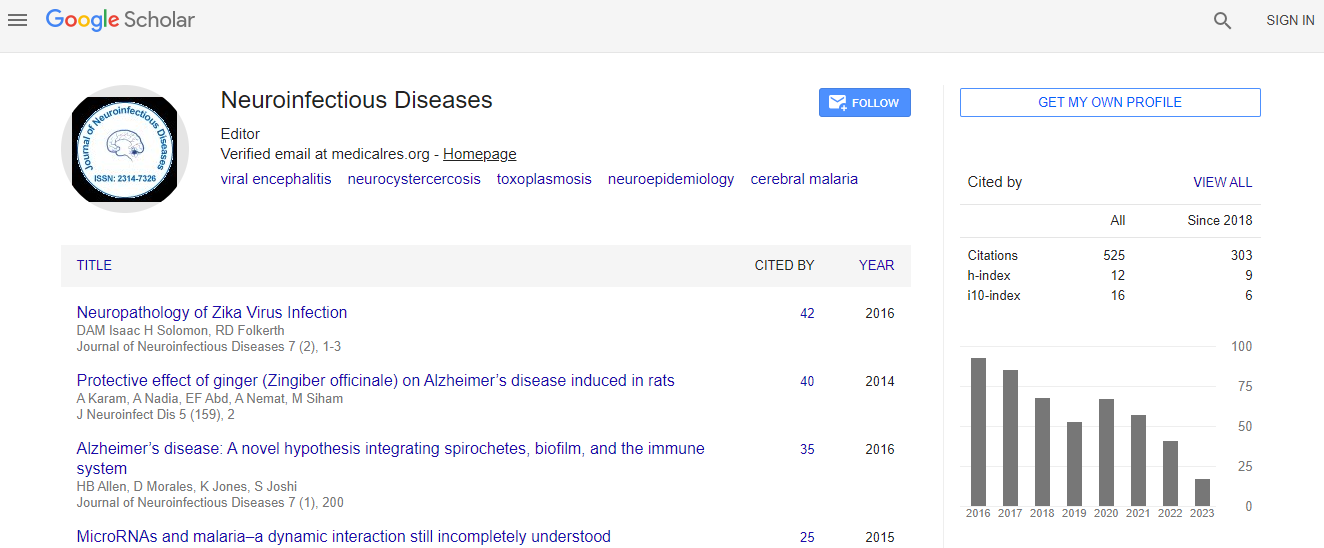Case Report
Sandfly Virus Encephalitis in Israel: Two Case Reports and a Review
Regev Cohen1,2*, Babushkin Frida2, Shimoni Zvi1,3, Shapiro Maurice4, Lustig Yaniv5,6 and Brosh-Nissimov Tal71The Ruth and Bruce Rappaport Faculty of Medicine, Technion, Haifa, Israel
2Infectious Diseases Unit, Sanz Medical Center, Laniado Hospital, Netanya, Israel
3Internal Medicine Department B, Sanz Medical Center, Laniado Hospital, Netanya, Israel
4Intensive Care Unit, Sanz Medical Center, Laniado Hospital, Netanya, Israel
5National Center for Zoonotic Viruses, Central Virology Laboratory, Public Health Services, Israel
6Chaim Sheba Medical Center, Ramat Gan, Israel
7Infectious Diseases Unit, Chaim Sheba Medical Center, Ramat Gan, Israel
- *Corresponding Author:
- Regev Cohen
Infectious Diseases Unit
Sanz Medical Center, Laniado Hospital
22 Divrei Haim St., 42150, Netanya, Israel
Tel: 972502172175
E-mail: regevco@gmail.com
Received date: March 28, 2016; Accepted date: March 22, 2017; Published date: March 24, 2017
Citation: Cohen R, Frida B, Zvi S, Maurice S, Yaniv L, et al. (2017) Sandfly Virus Encephalitis in Israel: Two Case Reports and a Review . J Neuroinfect Dis 8:240. doi:10.4172/2314-7326.1000240
Copyright: © 2017 Cohen R, et al. This is an open-access article distributed under the terms of the Creative Commons Attribution License, which permits unrestricted use, distribution, and reproduction in any medium, provided the original author and source are credited.
Abstract
Background: Infections due to Sand-fly virus (SFV) are common in the Mediterranean region, but are rarely diagnosed in Israel. Until recently, no cases of severe neuro-invasive SFV infections were reported. In this study, we describe two cases of encephalitis associated with seroconversion to SFV acquired in Israel. We further try to postulate about the infecting strain of the SFV, its local phlebotomine vector, and the reasons for the emergence of this infection in Israel.
Methods: Clinical data were collected from hospital records. Laboratory diagnosis was obtained using mosaic indirect immunofluorescence tests (IFT) against several SFVs.
Results: Two patients with severe encephalitis presented during the same 2014 summer season. Both have acquired their infection in Hasharon district of central coastal Israel. Their encephalitis developed after a prolonged prodrome of 7 and 14 days, and was associated with severe neurological complications. Both patients exhibited a late seroconversion beyond twenty days from symptom onset.
Conclusion: SFVs are possible etiological agents of febrile illnesses and central nervous system infections in Israel. The SFV we report is suspected to be a Toscana virus-like strain, and is probably transmitted by Phlebotomus perfiliewi. A review of the spread of phlebotomine vectors is presented.

 Spanish
Spanish  Chinese
Chinese  Russian
Russian  German
German  French
French  Japanese
Japanese  Portuguese
Portuguese  Hindi
Hindi 
